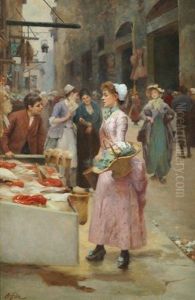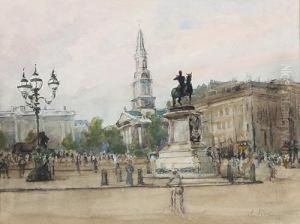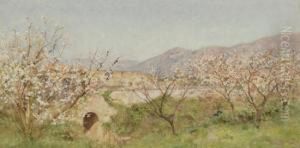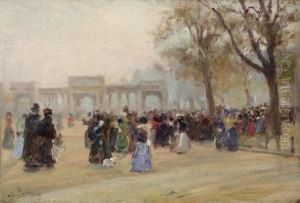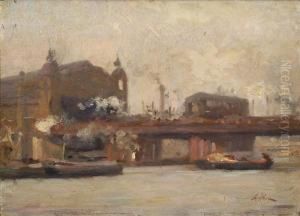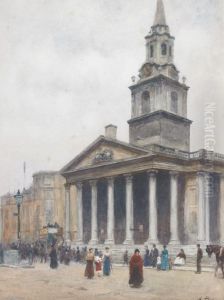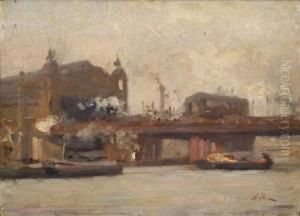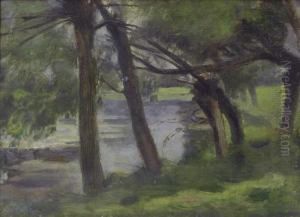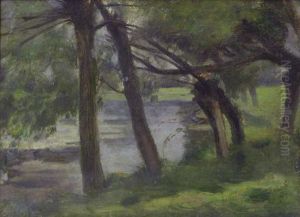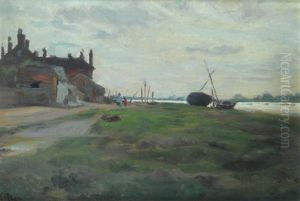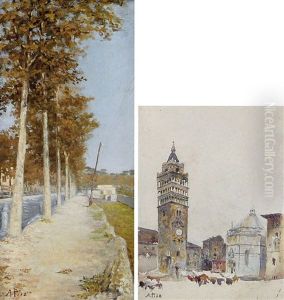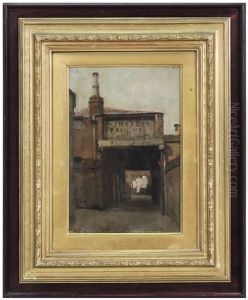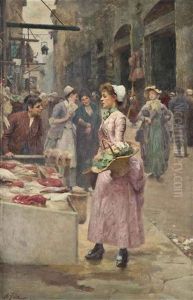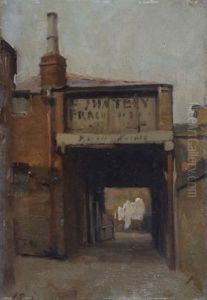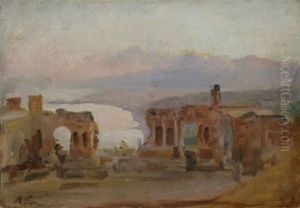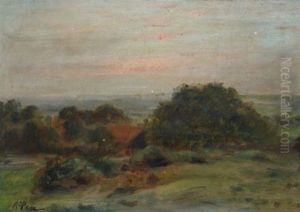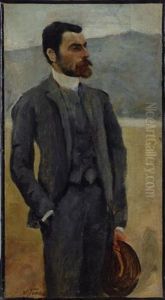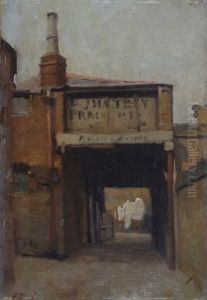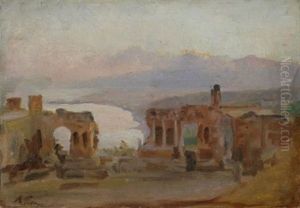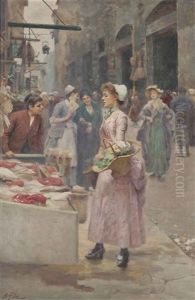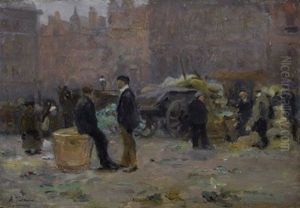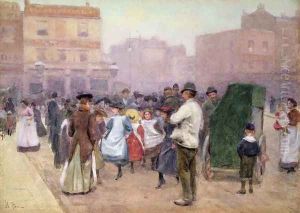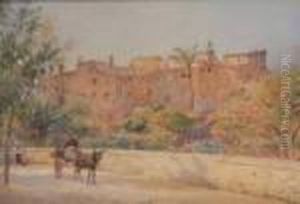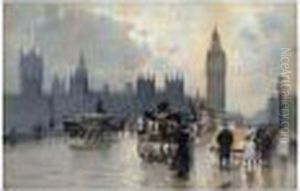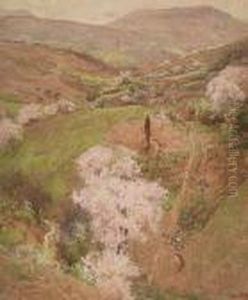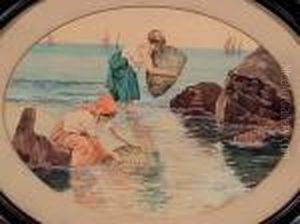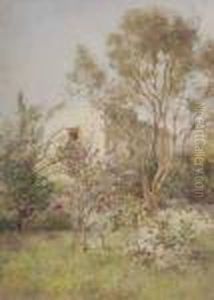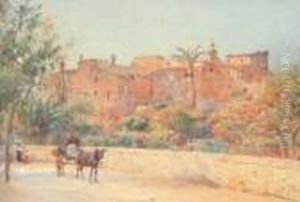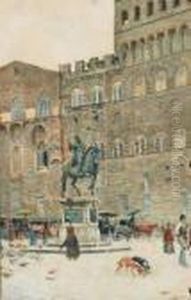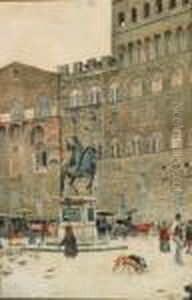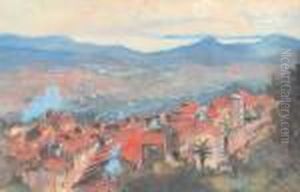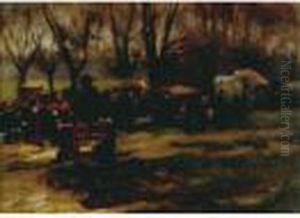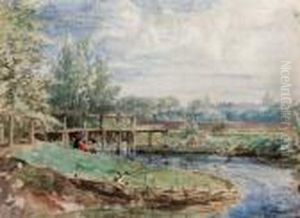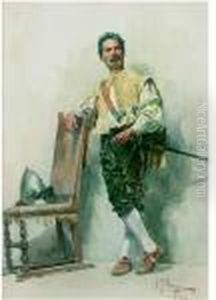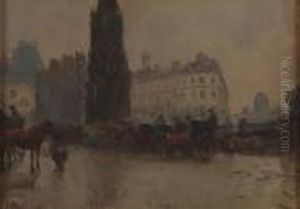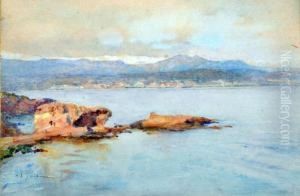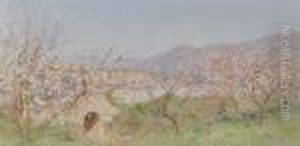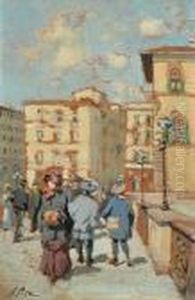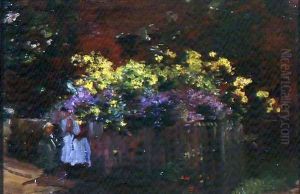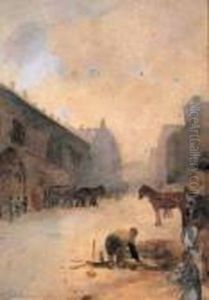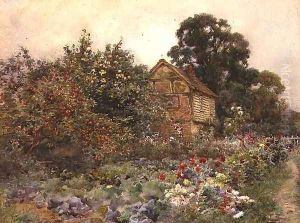Alberto Pisa Paintings
Alberto Pisa was an Italian painter, watercolorist, and engraver, known for his landscapes and urban views, particularly of Italian cities. Born in 1864 in Pisa, Italy, Pisa developed an interest in art at an early age. He began his artistic education at the Accademia di Belle Arti in Florence, where he was influenced by the Tuscan landscape and the rich artistic heritage of the region.
Pisa's early work focused largely on Italian countryside and cityscapes. He was particularly fascinated with the play of light and shade, and his watercolors often captured the changing atmospheres of the places he painted. His delicate use of color and mastery of watercolor technique made him a respected figure among his contemporaries.
Throughout his career, Pisa traveled extensively, depicting scenes from cities such as Venice, Rome, and his native Pisa. His work often featured historic buildings, canals, and public squares, conveying not just the architecture but also the daily life and culture of the locales.
In addition to his watercolors, Pisa also experimented with engraving, and his prints contributed to his international reputation. His engravings often mirrored the themes of his paintings, focusing on city views and architectural studies with a meticulous attention to detail.
During his lifetime, Alberto Pisa's work was exhibited widely, including shows in Italy and abroad. He gained considerable recognition and was celebrated for his ability to capture the essence of Italian urban landscapes. Pisa continued to work and exhibit his art until his death in 1930.
After his passing, Pisa's artwork continued to be appreciated for its historical value and artistic beauty. His paintings and prints remain sought after by collectors and are often featured in exhibitions focusing on Italian art from the late 19th and early 20th centuries. Pisa's legacy is that of an artist who was able to encapsulate the spirit of Italy during a period of great change and modernization, all while maintaining a classic sensibility in his work.
